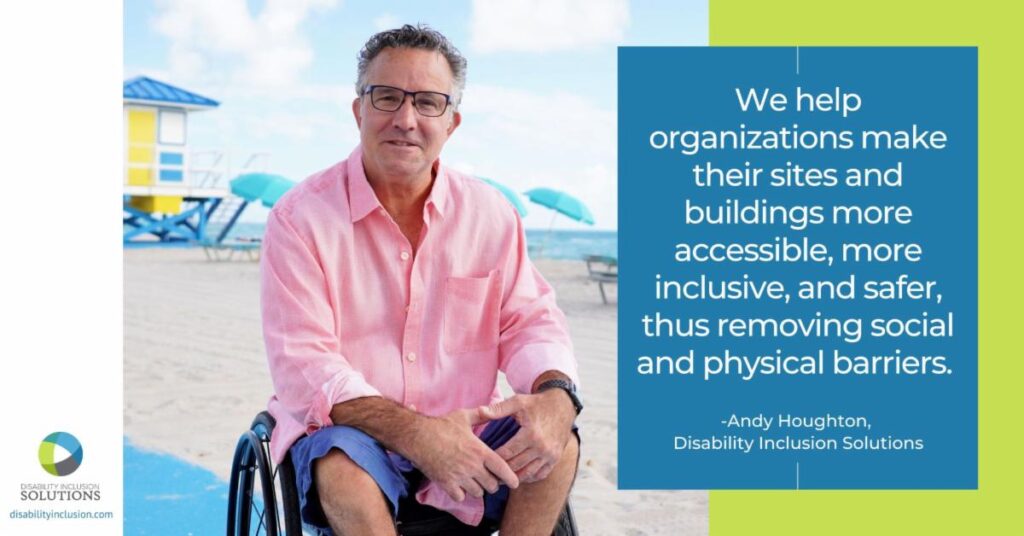Imagine a building that feels like an effortless extension of yourself, regardless of size, age, or ability. That’s the wonder of Universal Design (UD), a concept centered on creating environments that the greatest number of people can access, understand, and use. And it’s not impossible to achieve! It’s probably easier than you think.

The Global Universal Design Commission (GUDC) offers a 9-step certification process.
Step 1: Engage a UD Professional
The journey begins by enlisting the expertise of a UD professional, someone like me who can guide you through the intricacies of the certification process and ensure UD principles are integrated seamlessly into the project.
Step 2: Assess the Building
Using the UD checklist as a baseline document, I’ll evaluate the building to identify areas where UD strategies can be implemented effectively and determine what features to incorporate, like easy-to-reach light switches and clear signage.
Step 3: Establish Key Strategies
You and I can develop a list of recommended UD strategies that align with your goals. Then, I’ll submit the list to the GUDC for review and approval.
Step 4: Develop Measures
I’ll establish post-occupancy measures to evaluate the effectiveness of the UD strategies. We’ll review these measures regularly and provide valuable insights into whether we need further refinement and improvements.
Step 5: Project Management
I’ll monitor the project’s progress and communicate our UD goals to all stakeholders, especially the architect and design team, the construction team, vendors, and suppliers. I’ll also provide regular updates to the GUDC to ensure transparency and accountability.
Step 6: Project Completion
Once the agreed-upon UD strategies have been implemented and the project is complete, I’ll contact GUDC to recommend certification.
Step 7: Certification
The GUDC conducts a final review and grants certification.
Step 8: Celebration
Congratulations! Your building is officially UD-certified. Take a moment to celebrate this achievement and the positive impact it will have on all who access the space.
Step 9: Post-Occupancy Review
A year after your project is complete, you and I will conduct a comprehensive review to evaluate how the building performs against established UD measures.

The Benefits of Certification
Universal Design certification extends far beyond mere recognition. UD is about creating a space that works for everyone, from people dependent on wheelchairs for mobility to tech gurus with overflowing backpacks. Here are some compelling reasons why pursuing certification is worth the investment:
- Welcomes new customers: UD makes your building welcoming to a vast untapped market – people with disabilities. They represent a considerable spending power just waiting for accessible spaces.
- Future-proof your space: UD features like wider hallways, lever handles, roll-under sinks, and adjustable height desks might seem like extras now, but they’ll save you money down the line.
- Boost your marketability: A UD-certified building stands out in the marketplace as a symbol of inclusivity and forward-thinking design, enhancing its appeal to potential tenants, visitors, and investors.
- Return on investment: Contrary to popular belief, implementing universal design features doesn’t have to break the bank. As the Mary Free Bed YMCA case study illustrates, certification’s benefits extend far beyond social responsibility, translating into tangible business advantages and increasing revenue streams.
Achieving Universal Design certification for your building isn’t just about ADA compliance; it’s about creating a space that demonstrates your commitment to diversity and equality. By following the steps outlined above and embracing universal design principles, you can create spaces that are truly welcoming to all. So why wait? Schedule a consultation with me and let me help you start your journey towards Universal Design certification today.





0 Comments